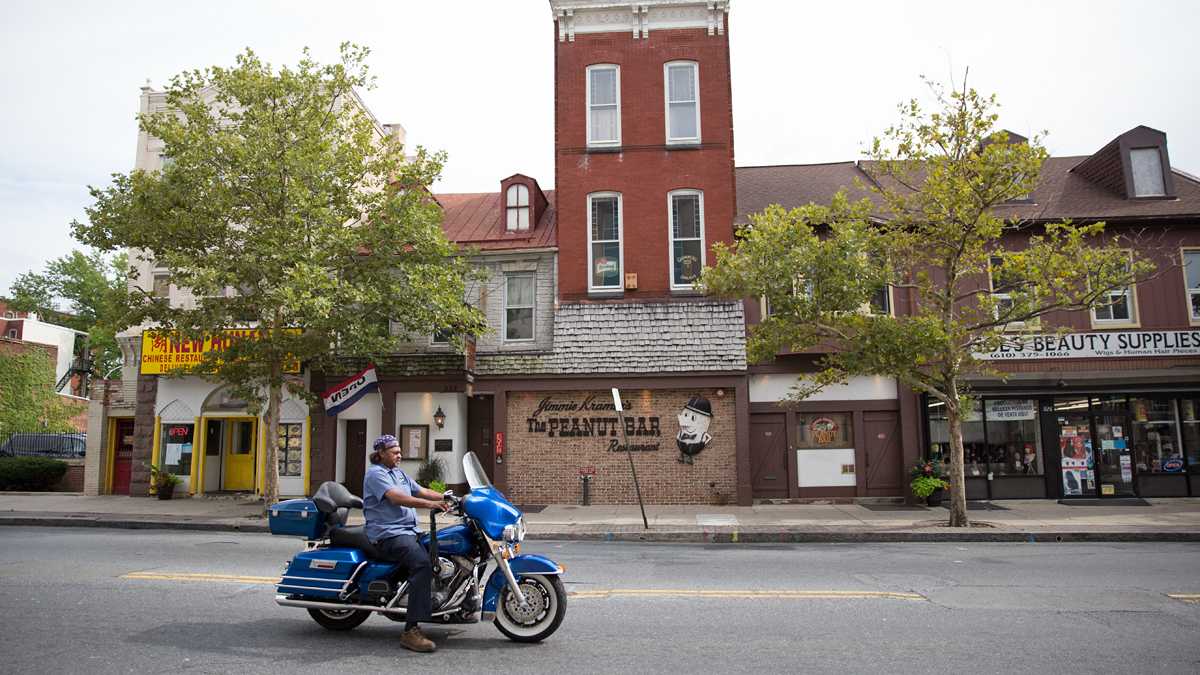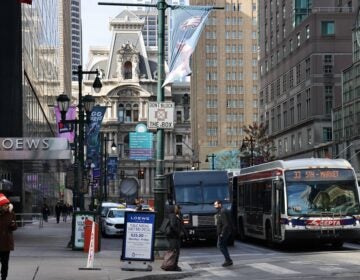April 19th: Wolf issuing state open data policy | Reading’s ‘complete streets’ policy | Walking Philly’s perimeter

Governor Tom Wolf will sign an executive order establishing an open data policy in Pennsylvania for the first time. The Commonwealth already has a Right to Know law, which is different from an open data policy because it puts the onus on citizens to request information, rather than releasing machine-readable public datasets in a routine way. As it happens, we have a great panel on open data coming up at the Keystone Crossroads conference in Harrisburg on May 10th, with Azavea founder Robert Cheetham, Pittsburgh Analytics and Strategy Manager Laura Meixell, and Erik Arneson, executive director of the state Office of Open Records. [Registration is still open.]
Reading, PA’s ‘complete streets’ policy was the first to receive a 100 rating from Smart Growth America, and one of 16 cities the group recognized this year. For Keystone Crossroads, I talked with Reading zoning administrator Craig Peiffer for the backstory. Peiffer will also be speaking at a Keystone Crossroads conference session on complete streets alongside Rina Cutler, former head of PennDOT and MOTU, Pittsburgh bicycle and pedestrian coordinator Kristin Saunders, and Toby Fauver, Deputy Secretary for Multi Modal at PennDOT.
What does it say that the two major political party conferences are in Philadelphia and Cleveland this year? Greg Oates thinks national politicians are paying attention to Rust Belt cities because after the Recession, they are emerging as some of the most economically innovative places in America. The walkable landscape in both places doesn’t hurt either, although DNC chairwoman Debbie Wasserman Schultz’s estimation of the walkability of the stadium district seems a bit optimistic. “The fact that there are 18,500 hotel rooms within a 15-minute walk of the arena, the Wells Fargo arena, the fact that you would have an opportunity for delegates to be coming back and forth and interacting very cohesively in Philadelphia was a big strength of theirs,” she said.
What Ann de Forrest learned from walking the perimeter of Philadelphia over the course of five days. “In the first two days of our journey we have already walked the lengths of City, Northwest, Stenton, and Cheltenham Avenues. But County Line, whose name promises a long continuous border-defining route, deposits us into a series of obstacles that make us feel like intrepid adventurers in a fairy tale or even more so imperiled characters in a video game.”
“As a nation, we appear to have upgraded our notions of what constitutes acceptable housing without figuring out how to make this housing affordable to poor people,” writes Bloomberg View columnist Justin Fox. Fox doesn’t recommend a return to tar paper shacks and tenements though, arguing that expensive urban areas need both relaxed zoning regulations and more government housing assistance.
George Mason University economist Tyler Cowen says that while he’s sympathetic to a program of loosening restrictions on denser building in cities, proponents of those policies aren’t grappling with the likelihood that the gains would mostly accrue to existing landowners instead of resulting in mass affordability.
WHYY is your source for fact-based, in-depth journalism and information. As a nonprofit organization, we rely on financial support from readers like you. Please give today.






